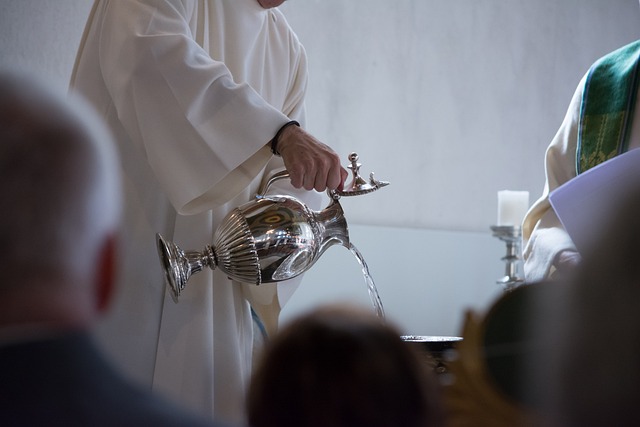The presence of banners in religious rituals carries profound significance across diverse cultures and faiths. These vibrant pieces of fabric, often emblazoned with intricate designs and powerful symbols, serve as more than mere decorative elements; they embody the beliefs and traditions of communities, anchoring their rituals in a shared history and collective identity.
Banners are often raised during significant religious gatherings, symbolizing unity and collective devotion. In the Christian tradition, for example, banners adorned with images of saints or biblical passages can transform the ambiance of a church service, drawing the congregation closer together in worship. The act of displaying these emblems not only beautifies the environment but serves as a reminder of the core values that bind the community—a visual representation of faith that resonates deeply within the hearts of the faithful.
In the Islamic faith, banners take on a unique role during celebrations such as Ashura, where the symbolism is rich and deeply connected to the history of martyrdom and sacrifice. Here, the banners reflect the struggle and the resilience of a community, often marked with slogans and images that evoke a strong emotional response. The sight of these banners can stir feelings of pride, remembrance, and solidarity among the mourners, reminding them of their shared commitment to uphold their beliefs and heritage.
Across various traditions, the colors and symbols of banners often hold special meanings. In Buddhism, for instance, colorful prayer flags are hung in temples and along mountain paths, intended to spread good fortune and compassion with the wind. Each color represents different elements of existence, creating a beautiful tapestry that not only offers a visual feast but also embodies the spiritual aspirations of the practitioners. The banners, fluttering gently in the breeze, act as a bridge connecting the mundane to the divine.
Moreover, the use of banners is not limited to formal rituals; it extends to community gatherings and festivities as a means of celebration and expression. In Hinduism, during festivals like Diwali, banners adorned with lights and images are a common sight, symbolizing the triumph of light over darkness and good over evil. These vibrant displays foster a sense of joy and togetherness, inviting all to partake in the communal celebration of faith and culture.
Sacred banners also play a pivotal role in processions, where they guide participants through the streets, leading them in prayer and song. The sight of a procession featuring beautifully crafted banners can evoke powerful emotions, inspiring feelings of reverence and devotion among onlookers and participants alike. These moments of collective spirituality can leave lasting impressions, reinforcing the bonds between individuals and their faith, while celebrating the sacredness of ritual.
In conclusion, the significance of banners in religious rituals cannot be overstated. They are symbols of faith, heritage, and unity that carry deeper meanings far beyond their physical appearances. As we explore the diverse uses and meanings of banners across different religions, we are reminded of the power of collective expression, the shared values among communities, and the beauty found in the rituals that sustain our spiritual lives.



